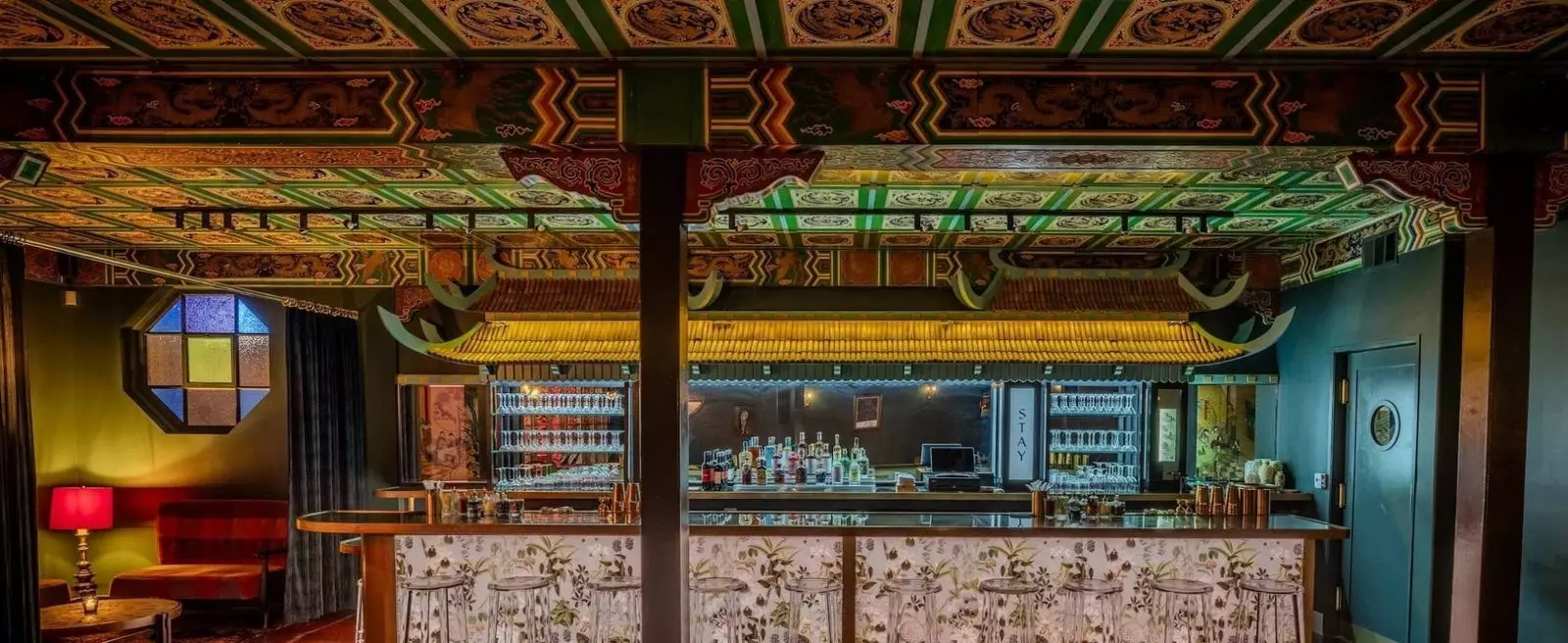The contemporary landscape of social drinking is undergoing a significant transformation, with a rising number of individuals identifying as “sober-curious.” This blossoming movement has led to the emergence of establishments that cater to a clientele seeking the experience of craft cocktails without the associated alcohol. In January, STAY., a zero-proof bar in Los Angeles’ Chinatown, exemplified this trend by offering an upscale environment dedicated exclusively to non-alcoholic beverages. Despite this promising premise, the bar has succumbed to the harsh realities of the hospitality industry, announcing its closure just eight months after opening.
This closure begs a critical examination of the challenges faced by non-alcoholic bars in an increasingly aware and health-focused society. While STAY. contributed to the burgeoning non-alcoholic (NA) scene by providing a sophisticated ambiance with expertly crafted cocktails, it serves as a reminder that merely catering to a lifestyle trend is insufficient to ensure long-term viability.
At its inception, STAY. flaunted a design that mixed elegance with local cultural elements, creating a unique aesthetic that invited individuals seeking alternative drinking experiences. Co-owners Summer Phoenix and Stacey Mann envisioned a space where patrons could indulge in intricate non-alcoholic cocktails, mimicking the sophisticated vibes of traditional bars. With an innovative menu curated by renowned NA mixologist Derek Brown, the establishment offered a selection of rich flavors through its beverages, making it a notable entry in the LA nightlife scene.
However, even with its thoughtful design and drink offerings that included mocktails similar to classics like old fashioneds and margaritas, the establishment struggled to attract a steady customer base. Mann noted the difficulties of drawing patrons through the door, concluding that while the NA market is growing, it requires more than just availability to thrive.
The NA sector, despite its popularity, remains a niche market. While cities like Austin and New York are home to successful non-alcoholic bars, the transition from traditional drinking habits to sober-curious alternatives can be a daunting one for consumers. Establishments such as Sans Bar in Austin have found innovative ways to remain sustainable, primarily through diversifying their income streams. Chris Marshall, the owner of Sans Bar, emphasized the importance of creating community-focused spaces and leveraging additional revenue methods, such as renting out venues or consulting for traditional bars.
The contrast between the closure of STAY. and the successes of other NA bars highlights the necessity for strategic adaptation. Demand for non-alcoholic alternatives is evolving; yet, customer behavior does not always align with ownership expectations. The community aspect—cultivating a following and developing an engaging atmosphere—must be prioritized in order to succeed.
The swift closure of STAY. presents several lessons for stakeholders in the NA niche. Firstly, establishing a distinct identity and atmosphere is imperative, but it must be coupled with a deep understanding of local community dynamics. Business owners need to appreciate that people are often hesitant to embrace new drinking norms, especially if they are accustomed to conventional bar experiences.
Moreover, there is an evident need for innovative business models that surpass traditional service offerings. As Marshall states, engaging the community through diversified revenue will be crucial for the survival of upcoming NA venues. The potential for non-alcoholic bar chains may be on the horizon, but such developments could still be several years away, emphasizing patience in building robust concepts.
As the alcohol-free scene continues to evolve, it becomes essential for stakeholders to approach their businesses with creativity and a willingness to adapt. STAY. serves both as a symbol of the sober-curious phenomenon and a cautionary tale about market demands and consumer behavior. The journey toward sustainability within the NA beverage category is intertwined with community engagement and innovative practices, which could ultimately define the success of future bars. The conclusion of STAY. does not signify the end of the zero-proof movement; rather, it highlights the pivotal shifts that must occur for non-alcoholic establishments to flourish in an evolving social landscape.


Leave a Reply